Chapter 3 - The Art of Fiction
Moving along to Chapter 3 in The Art of Fiction. We go to war over the various dichotomies that (what Gardner claims) make good fiction, his weird beef against experimental fiction–or what he calls “intellectual toys,” and why he chose a weird moment in Helen of Troy to serve as his example to illustrate the novel. Let’s just say there’s a lot of sacking, burning, and pillaging–and not just on Gardner’s part–in this episode. Don’t worry, no heels or cities were harmed in the recording of this episode. For our exercise, Kim plots a realistic short story, beginning with the climax and working backward.
Want to hear Renee take a stab (hehe) at this exercise (and not actually follow the prompt), go to Become a Patron!“>Patreon and become a member. Members get access to bonus content, like Kim helping Renee figure out what makes a good plot, extra show notes, and a community of writers–your hosts included!–working toward improving our craft as writers. In the episode, Kim proposed we come up with the Climax to a plot for each other. Our task was to work backward from that Climatic plot point.
Main Ideas (it's ok, you can copy off my test)
It's Pro-fluence not Pro-fluence
This episode is brought to you by the word “Profluence,” as in a coherent timeline of events in a story described in the most pedantic manner possible.
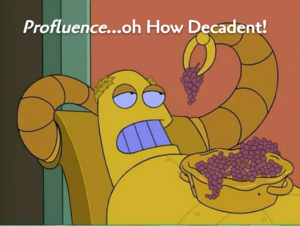
We also discovered this is a magical word which, when spoken, transforms you into a caricature of a snooty British dude with a handlebar mustache and a monocle. Oh, Hedonism Bot, we love you…
Gardner’s Dichotomies
- Immediate Pleasure vs Aesthetic Vision
- Poetic vs Essay Style
- Conventional vs Innovative
- Theme vs Message
- Primary vs Secondary Emotion & Meaning
- The Trojans vs The Achaeans
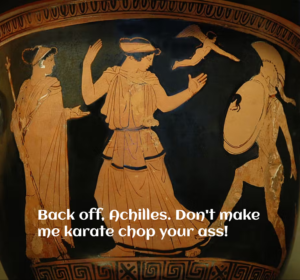
Definition of Scene
Renee particularly liked Gardner’s definition of scene.
By scene we mean here all that is included in an unbroken flow of action from one incident in time to another…The action within a scene is “unbroken” in the sense that it does not include a major time lapse or a leap from one setting to another–though the characters may, of course, walk or ride from one place to another without braking the scene, the camera, so to speak, dollying after them The action within a scene need not be “unbroken” in the sense that it includes flashbacks or brief authorial interruptions for background explanation. The scene is not broken, in other words, when a character’s mind drifts from present surrounding to some earlier scene, which is then vividly set before us for the time the flashback lasts.
Renee thinks this works as a great definition of a scene because it’s time based. A scene is happening before the reader’s eyes, as if they are there with the character, seeing what the protagonist sees, doing what the protagonist does. Just like in film, it’s unbroken real time action.
Author/Book Shoutouts from the Episode
- Barbara Kingslover’s The Bean Trees and The Poisonwood Bible
- Margaret Atwood’s The Handmaid’s Tale and The Testaments
- Gillian Flynn’s Gone Girl
- Homer’s The Iliad
- Howard the Duck
- Very Bad Things
- Clueless
Gardner's Gender Ratio

A Tribute to Jane Austen and Mary Anne Evans (George Eliot)
Although Gardner mentions both of these authors, it’s important to note he did not mention them by name, only by the books they wrote. It’s also interesting to note Gardner has mentioned not one, but two women authors in the text so far who wrote under male pen names (see Karen Blixen/Isak Dinesen in the previous episode). Coincidence? We think not.
Mary Anne Evans (George Eliot)
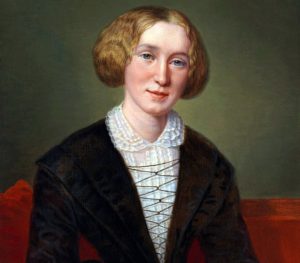
Born in 1819 and died in 1880, Mary Anne Evans was a key player in the Victorian literary scene in England. Notably prolific, she was a playwright, novelist, translator, editor, critic and poet. She wrote seven novels, most notably Middlemarch, which has been adapted into both a tv series and a literary web series. Gardner mentions her novel, Middlemarch, in chapter 3 as an example of a “resolution of irony.”
Jane Austen

Jane Austen was a defining literary figure in the birth of the 18th Century novel. She was born in 1775 and died in 1817 and her six novels focus primarily on women maneuvering complicated social circles and constraints. Some of her most famous novels are Emma, Pride and Prejudice, Sense and Sensibility, and Mansfield Park. Her literary legacy is tightly woven into the fabric of the western canon and pop culture. Her works have been adapted into countless films, television shows, satires, comics, art, etc. To only include a short paragraph to summarize her importance of her legacy breaks Renee and Kim’s hearts. Gardner mentions her book Emma in succession with Middlemarch and King Lear. (And to know he didn’t even bother to mention her by name…).
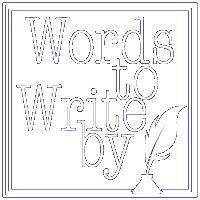



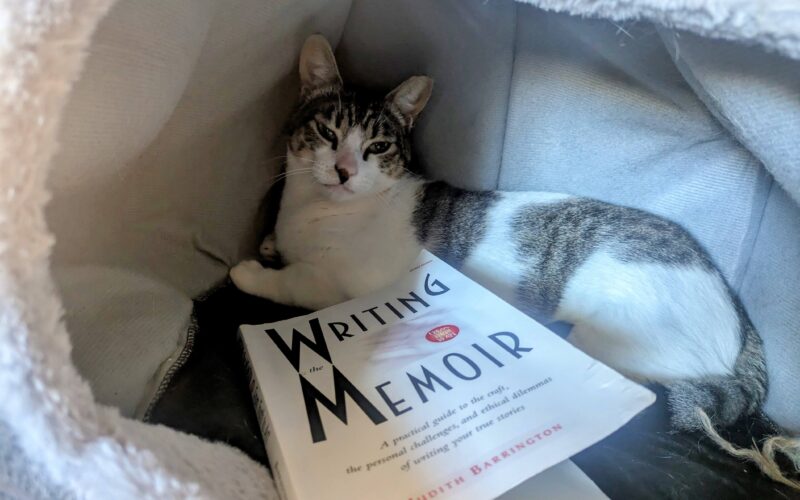

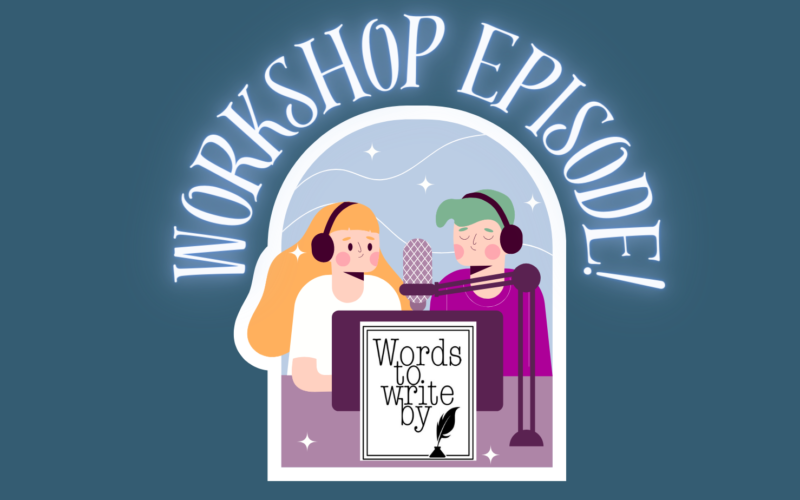

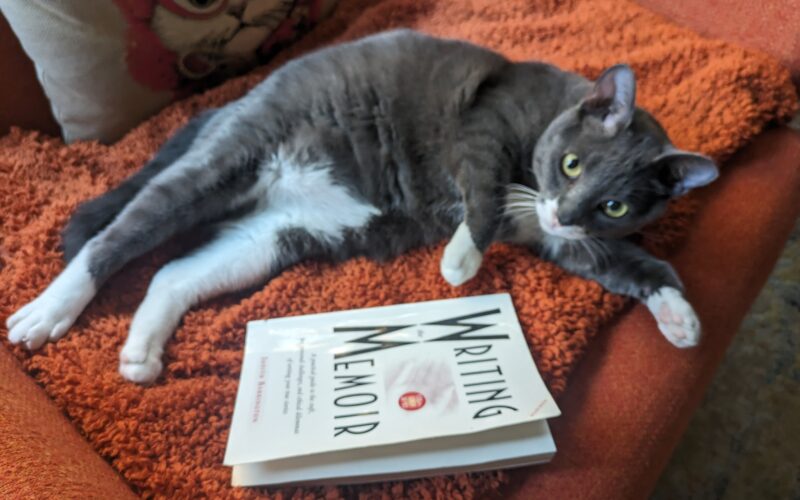
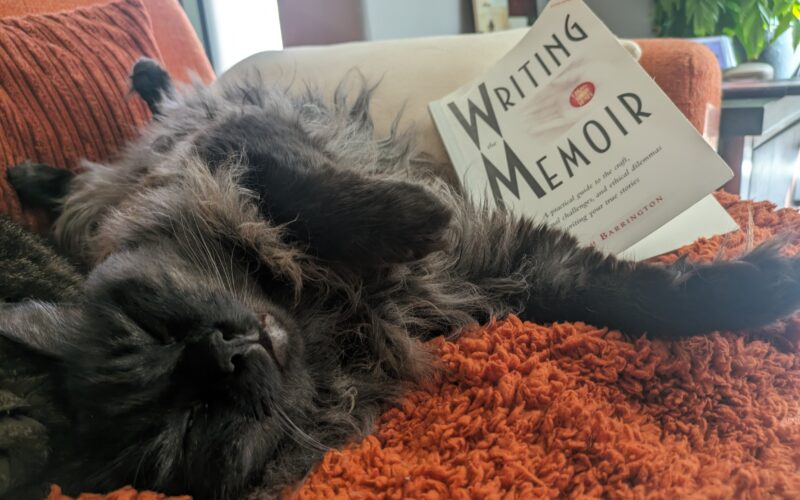

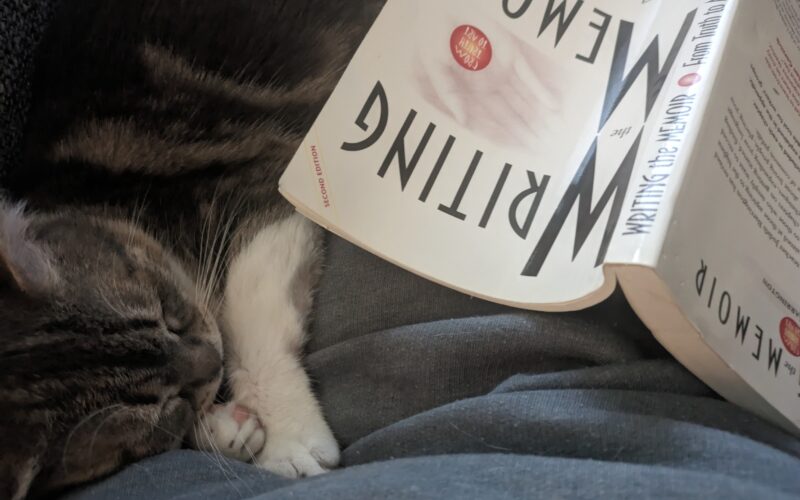
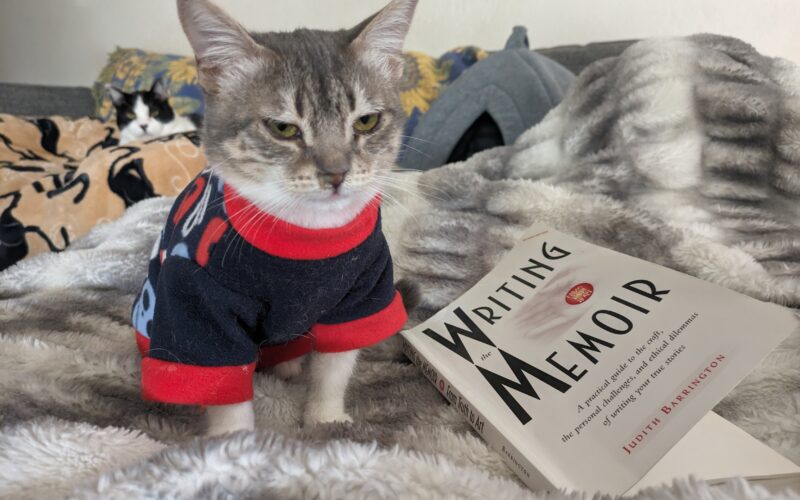
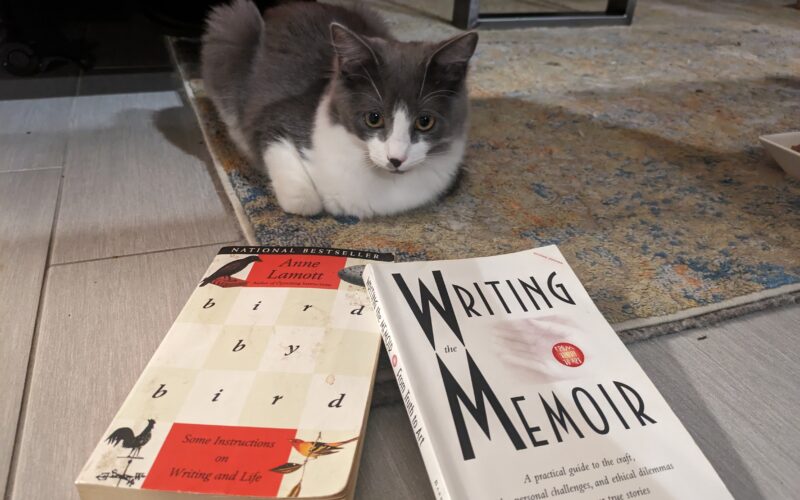
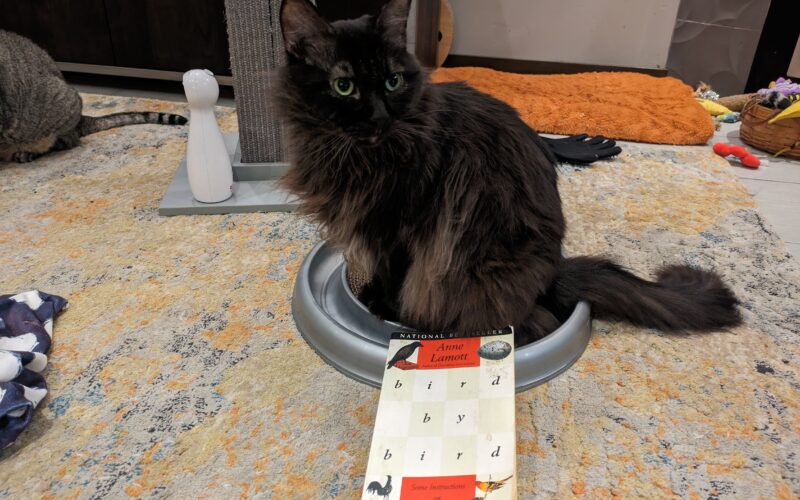
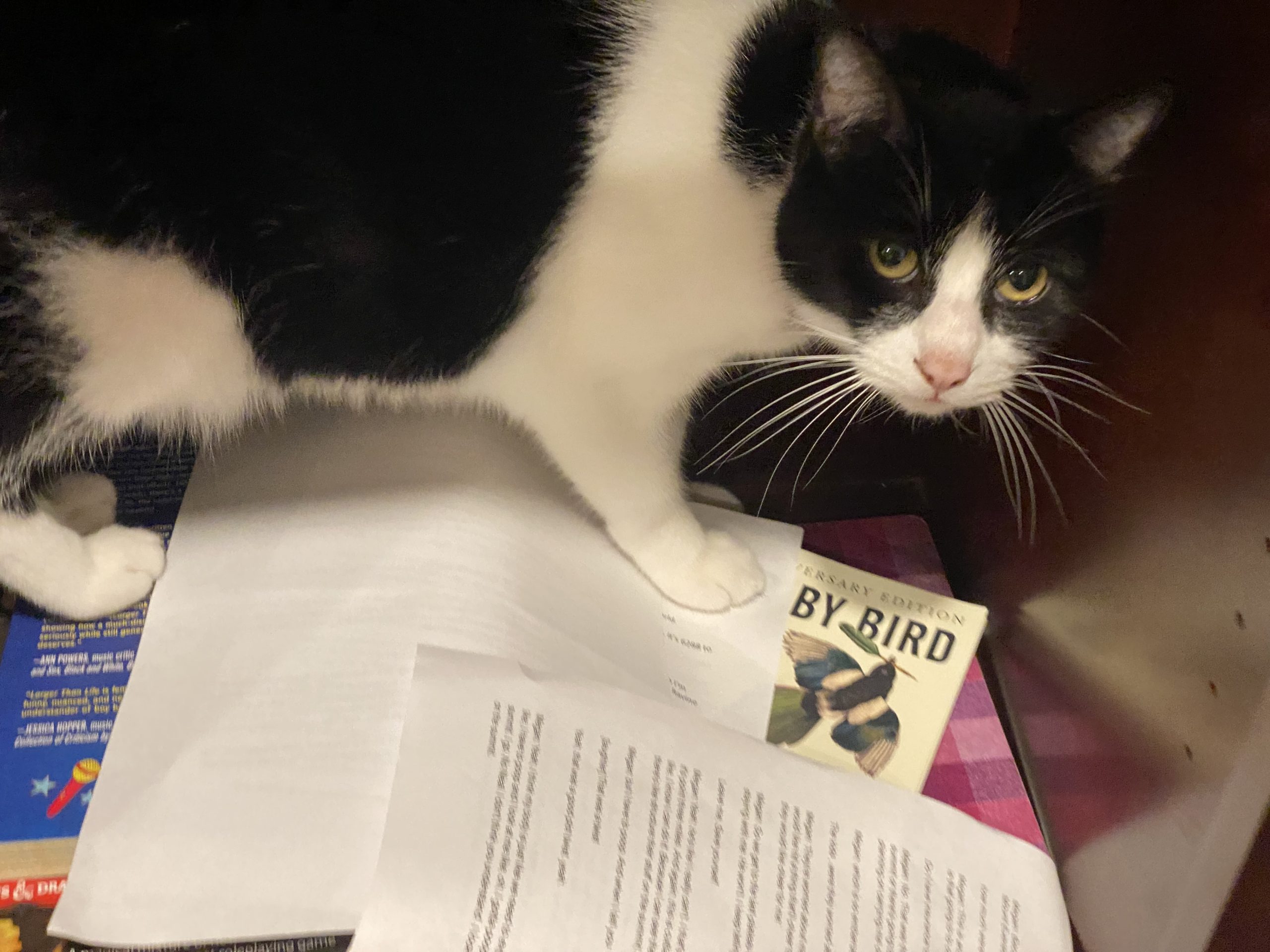
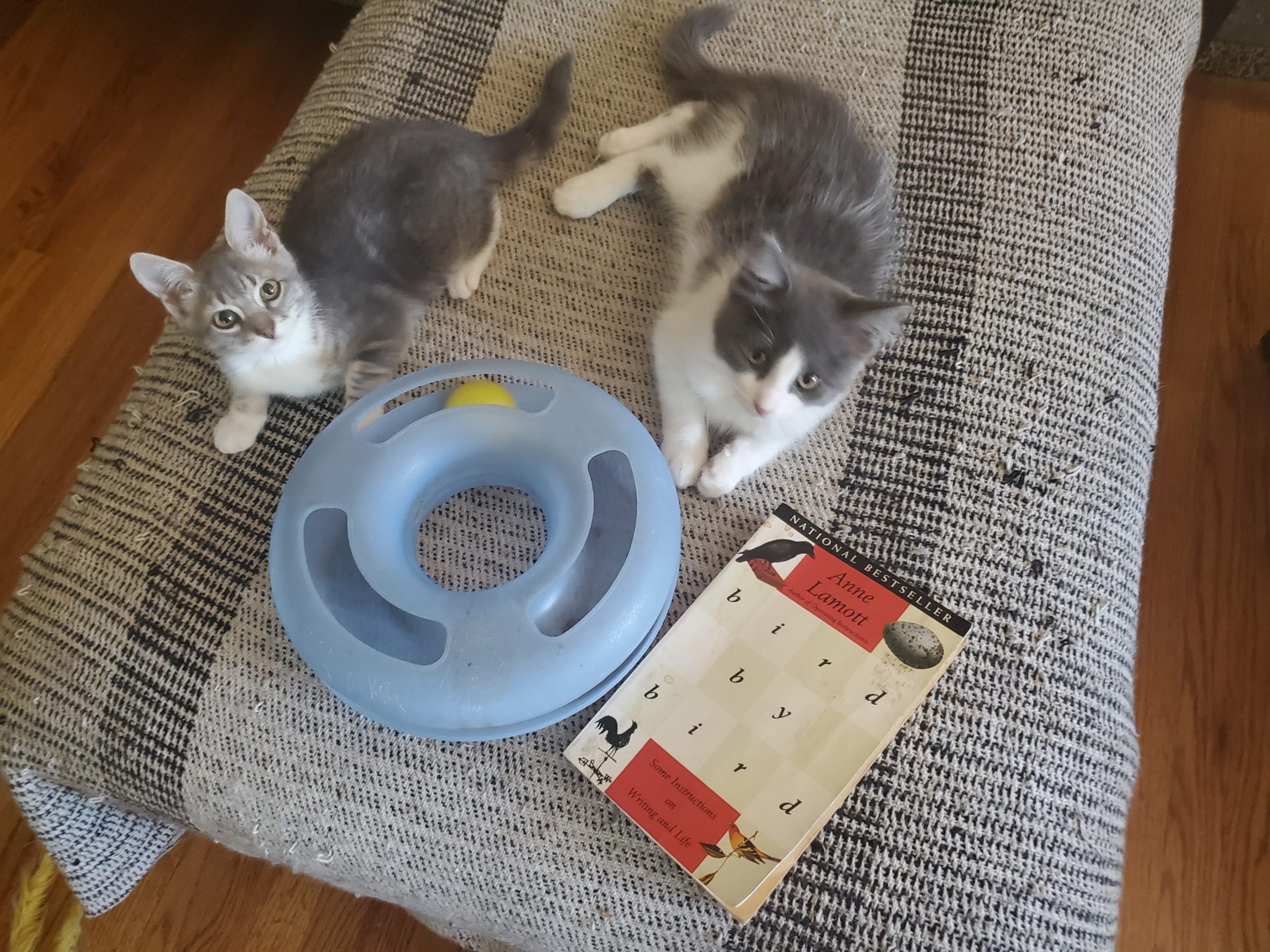
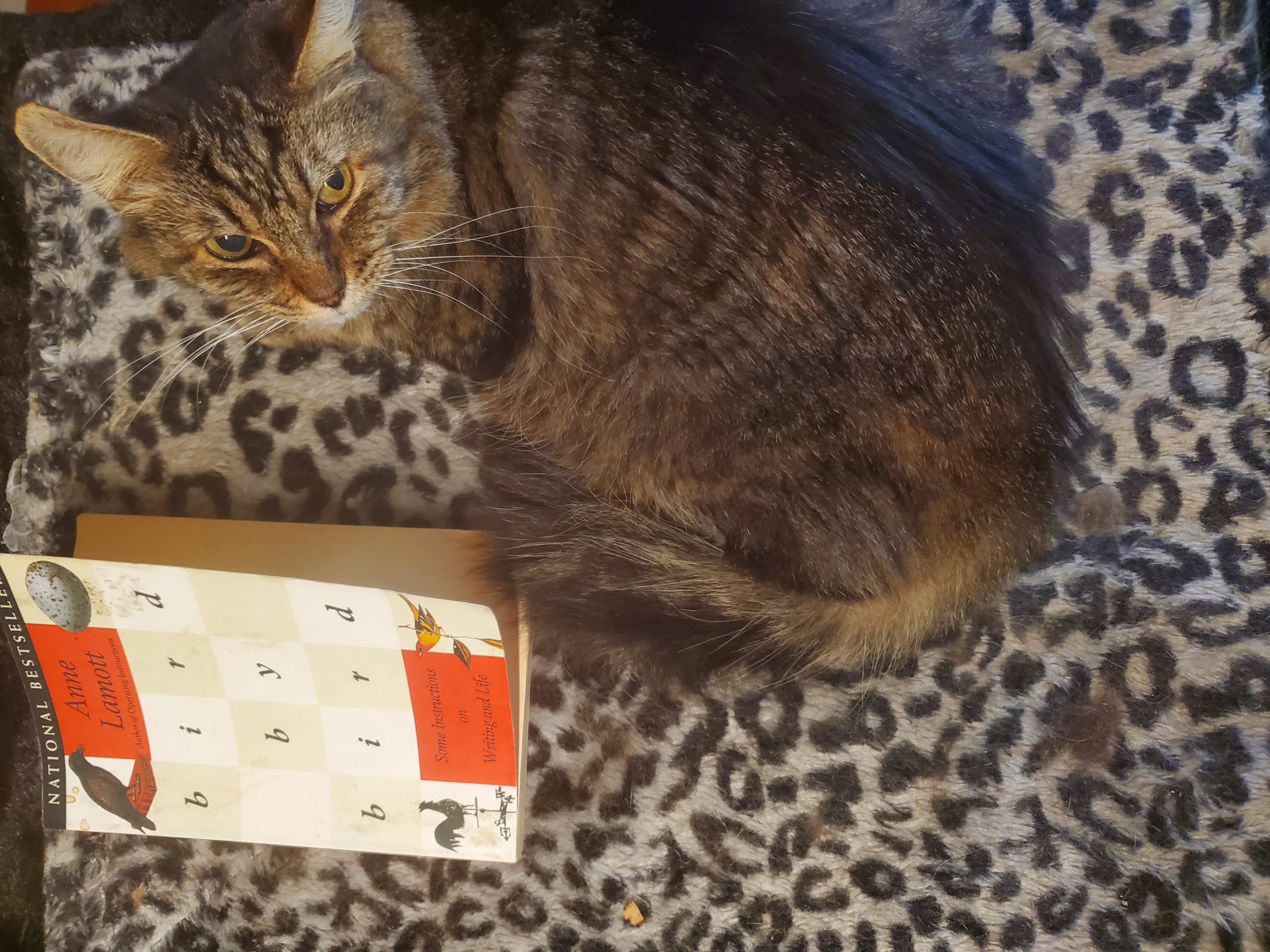
Workshop: Naming Names in your Memoir
For this week’s workshop episode, Renee wrote about the brief time she spent as a child in Pacific Grove, CA, taking care to identify specific streets and locations as...